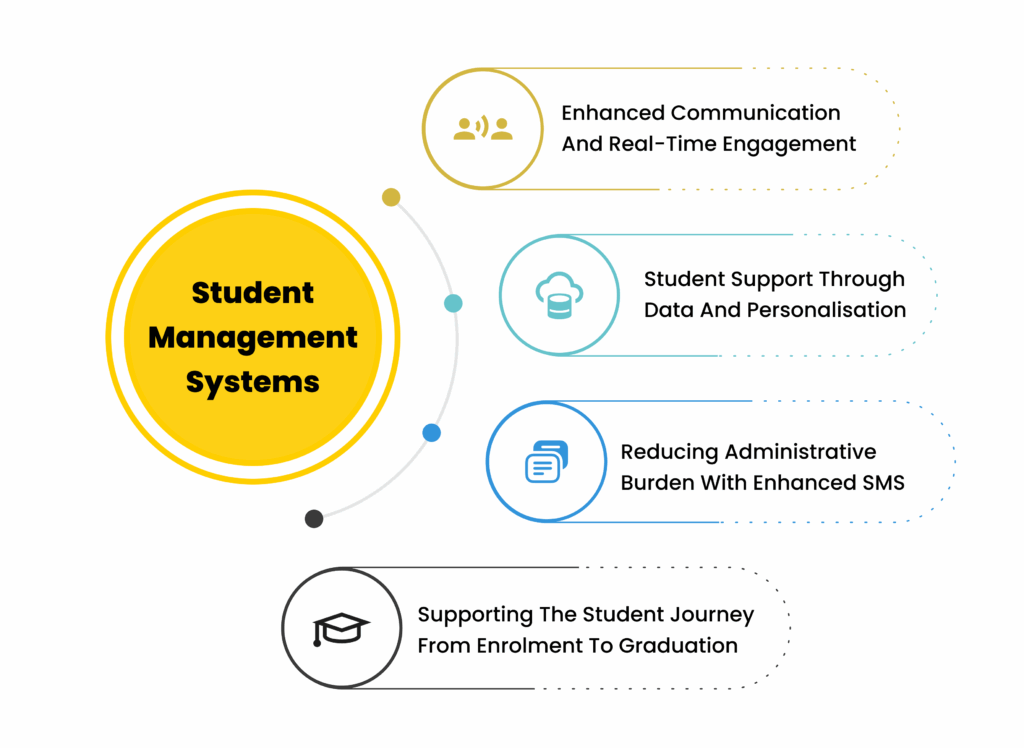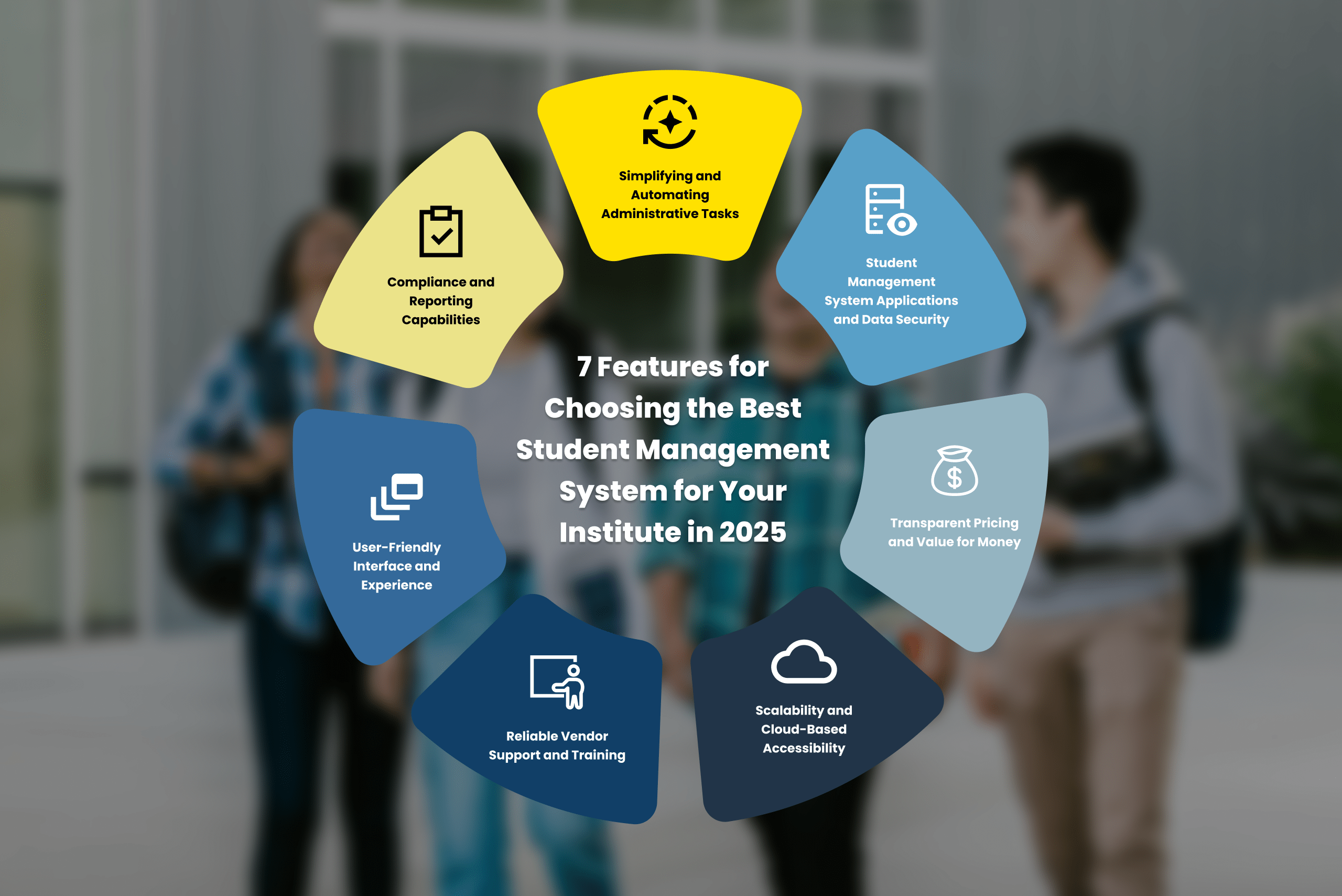Student Management Systems (SMS) in Australia are about more than just managing academics, they’re about fostering connection, support, and empowerment from a student’s first day through to graduation. By combining technology, data, and whole-of-campus buy-in, institutions can improve student engagement, retention, and career readiness. Major strategies include understanding student needs, student voice, facilities, sense of community, technology, mental health support, faculty-student relationships, and career development services.
Enhanced Communication and Real-Time Engagement
Clear, timely communication is essential for student engagement. Across Australia, institutions use SMS platforms to facilitate two-way communication between students, academic staff, and administrators. Most modern SMS platforms feature built-in messaging, push notifications, and mobile app integration. These tools help students stay connected throughout their academic journey, ensuring they receive timely updates, from course announcements to changes in timetables.
Automated notifications reduce information gaps and help students stay organised. For example, many SMS platforms can automatically send reminders about upcoming assignment deadlines or event registrations. This means students are less likely to miss important dates, and they feel supported by their university or TAFE. Such streamlined communication creates more connected campuses, where students are more engaged, confident to collaborate, and comfortable seeking help when needed.
Reducing Administrative Burden with Enhanced SMS
Student Management Systems significantly reduce admin work for both staff and students by automating previously manual tasks. Many Australian universities and TAFEs use SMS platforms to streamline course enrolment, timetable creation, attendance tracking, and updating student records. With automation, these processes happen efficiently and with far fewer errors – no more paper forms or long queues.
For instance, students can enrol in courses online, select subjects, or re-register each semester through simple online forms. Routine tasks like attendance logging, grade entry, and transcript generation are also automated. With less time spent on data entry and paperwork, admin teams can focus on strategic support, and more resources are freed up to help students directly.

Student Support through Data and Personalisation
SMS platforms in Australia are increasingly essential for tracking academic progress and delivering individualised support. By centralising student data—from grades and feedback to support requests and attendance—these systems provide a holistic view of each student’s journey.
They also enable personalised support plans. Analytics tools within SMS platforms can flag when a student may need extra support, such as a reminder to access academic skills help, or refer an international student for additional English language support. Staff can send personalised communications, whether it’s a congratulatory message or a gentle check-in. This tailored approach helps students feel recognised and supported, leading to stronger engagement and retention.
As highlighted by Australian providers like Meshed Higher-Ed, the combination of timely information, streamlined processes, and personalised support can directly lift student satisfaction, improve retention, and promote success.
Supporting the Student Journey from Enrolment to Graduation
One of the key advantages of SMS is that it connects all parts of a student’s academic and personal journey. With a diverse cohort of students—from school-leavers to mature-age and international students—Australian institutions need flexible SMS platforms that suit all pathways.
The relationship starts from the first enquiry, with SMS handling online applications, sending automated emails, and guiding students through the admissions and orientation process. Once enrolled, students use the SMS (often via a portal or app) to access their timetable, register for classes, check grades, pay fees, and receive important announcements, all in one place.
Beyond academic processes, modern SMS platforms support campus engagement by including features like event calendars, co-curricular activity tracking, and feedback surveys. Many also manage mentoring programs and careers services, giving students more opportunities to connect and develop skills across their journey. These holistic touchpoints contribute to a richer student experience and continually improve graduate outcomes.
Conclusion
Student Management Systems are now the backbone of the institution. By connecting administrative processes to student engagement, SMS’s bring together fragmented services into one journey, from recruitment to graduation. As Australian education gets more diverse and digital, these systems give institutions the flexibility, insight and connectivity to stay competitive and student focused. Instead of just supporting operations, modern SMS’s shape the culture, responsiveness and long term success of the learning environment.






